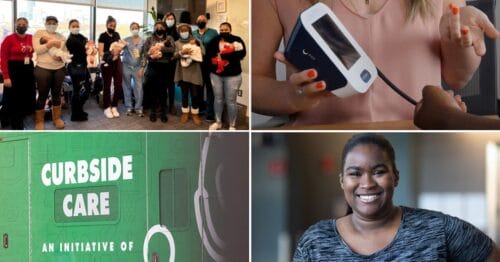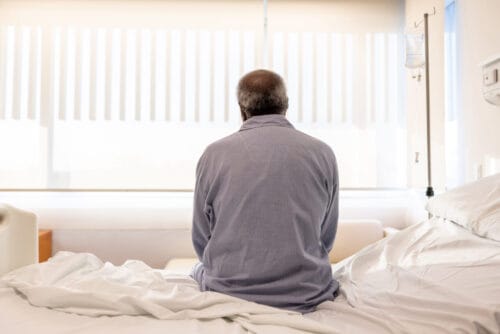People of Color Wait Significantly Longer for Less Acute ED Visits
May 11, 2021

Getty Images
New research shows that there are racial disparities in wait times for non-emergent emergency room visits.
THE BOTTOM LINE | Black, Hispanic, and Asian patients are more likely than white patients to wait to be seen in the emergency department for non-emergent, lower acuity conditions, where there isn’t an obvious, urgent driver to be seen as soon as possible. The wait is significantly longer even when controlled for demographic, hospital, and health systems variables.
CONTEXT | It is crucial in an emergency department that non-emergent-presenting patients need be identified and treated in a timely manner because wait time could result in worse outcomes for several conditions, such as stroke and heart attack. Patients who present to the ED with non-critical conditions or illness also must be seen in a reasonable timeframe to ensure they do not leave without seeing a clinician or feel discouraged about future use of emergency services. Prior research has also shown that wait times significantly contribute to patient experience, perception of healthcare, and relationships with providers.
Prior research had found that there were higher wait times for non-white people visiting emergency departments; however, it was suggested that those differences in wait times were a result of higher usage rates of busy, urban emergency departments by Black and Hispanic people. No prior study has specifically examined this wait time for Asian ED patients.
STUDY OBJECTIVE | To estimate emergency department wait times, from entering into the ED to being seen by a triage nurse and directed to a path of care, among white, Black, Hispanic, and Asian patients to determine racial disparities.
THE DETAILS | The cohort included 38,800 white, 14,838 Black, 10,619 Hispanic, and 1,257 Asian patient visits between 2013 and 2017. The study used nationally representative data from the National Hospital Ambulatory Medical Care Survey (NHAMCS) to estimate ED wait time for patients, sorted by self-reported race/ethnicity.
FINDINGS | Black, Hispanic, and Asian patients have longer mean ED wait times for non-emergent, lower acuity visits. Triage levels in the emergency departments range on a scale from urgency/triage levels 1 (“immediate need”) to 5 (“nonurgent”). At level 3 (“urgent”), Black patients were more likely to be seen promptly, but when they did wait, the waited an average 13.2% longer than white ED patients. There was a similar pattern in level 4 (“semi-urgent”): Black ED patients were more likely to be seen promptly, but overall, they waited 6.3% longer than white patients. At level 5 (“nonurgent”), Asian patients, when they did wait, waited 36.1% longer than white patients.
Additionally, Black, Hispanic, and Asian patients were more likely to have extreme emergency department wait times than whites.
PULL QUOTE | “There were several techniques we used in the study to take a conservative view of the data, and even in this fairly conservative approach, we see racial disparities in wait time and length of the wait,” says Michael Paasche-Orlow, MD, an internal medicine physician at Boston Medical Center and one of the paper’s authors. “The availability of and use of interpreters is something that we should improve, right away. All hospitals in the U.S. to get accredited, must have access 24/7 to language support services. They’re just frequently not doing it.”
Source: Lu FQ, Hanchate AD, and Paasche-Orlow MK. (2021.) “Racial/ethnic disparities in emergency department wait times in the United States, 2013â2017.” American Journal of Emergency Medicine.



